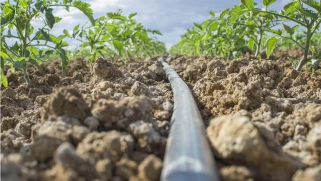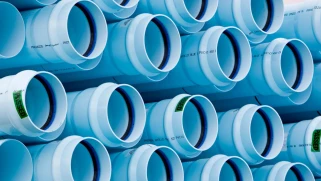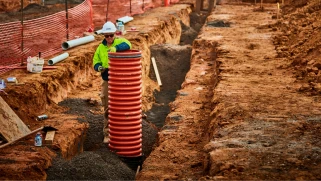What are the chemical resistance degrees used in chemical resistance guide?
There are three different types of chemical resistance degree are used in the chemical resistance guide:
A = High Resistance
The material belonging in this category is for practical purposes corrosion-proof against the listed chemical under the specified operating temperature and concentration.
• Elongation at break - unchanged
• Swelling < 3%
• Weight loss < 0.5%
B = Limited Resistance
The material will be affected by the chemical to some extent. The expected life will therefore be shorter and it is advisable to carry out an appropriate analysis of the risks involved if the material is to be used.
• Elongation at break - less than 50% reduction
• Swelling 3 - 8%
• Weight loss 0.5 - 5%
C = No Resistance
Material in this category is subject to attack by the chemical and should therefore not be used.
• Elongation at break - more than 50% reduction
• Swelling > 8%
• Weight loss > 5%
Please Note: Where insufficient data is available concerning the performance of the material, when exposed to a particular chemical, is has been left blank.
Abbreviations:
Comm = commercial solution
Conc = concentrated
Dil = dilute solution
Nd = undefined concentration
Sat = saturated solution at 20°C
Wk = weak solution
What are the chemical resistance properties of Polyethylene?
Polyethylene is in chemical terms a non-polar high molecular weight paraffin of the hydrocarbon family. Hence it is very resistant to (non-oxidising) strong acids, strong bases and salts. It is mildly affected by aliphatic solvents although aromatic and chlorinated solvents will cause some swelling.
Polyethylene is attacked by strongly oxidising substances such as halogens and concentrated inorganic acids such as nitric, sulphuric (including oleum), perchloric, etc.
The resistance table tabulate the chemical and temperature resistance of polyethylene, together with polypropylene and the various elastomeric materials used with the Iplex Metric and Iplex Rural compression couplings and other mechanical jointing systems.
What are the chemical resistance properties of PVC-U & PVC-M
PVC Pipe systems (PVC-U and PVC-M) have outstanding resistance to a wide range of chemical reagents at temperatures up to 50°C.
In general PVC is suitable to convey most strong acids, alkalies and aqueous solutions (except those which are strongly oxidising), aliphatic hydro carbons, fluorides, photographic and plating solutions, brine, mineral oils, fats and alcohols. The suitability of a PVC pipeline for conveying a given chemical will depend on such factors as: the concentration of the chemical in the fluid to be conveyed, flow rates, the presence of pockets or "dead spots" in the pipeline and other factors, which should be established by reference to Iplex's Technical Marketing Group.
PVC should not normally be used with aldehydes and ketones, ethers, cyclic ethers, esters and aromatic and chlorinated hydrocarbons, nitro compounds, some petrol/benzene mixtures, and similar solvents which lead to a marked swelling and softening of the material.
Consideration should also be given to the effect of the fluid on the rubber ring. Unless otherwise specified, rings of natural rubber will be supplied. Rings compounded in neoprene and styrene butadiene are also available. Natural rubber gaskets are generally resistant to most inorganic chemicals, including acids, alkalis including salts together with organic acids, alcohols, ketones, and aldehydes. They can be attacked by ozone, strong acids, oils, greases and many hydrocarbons however.




